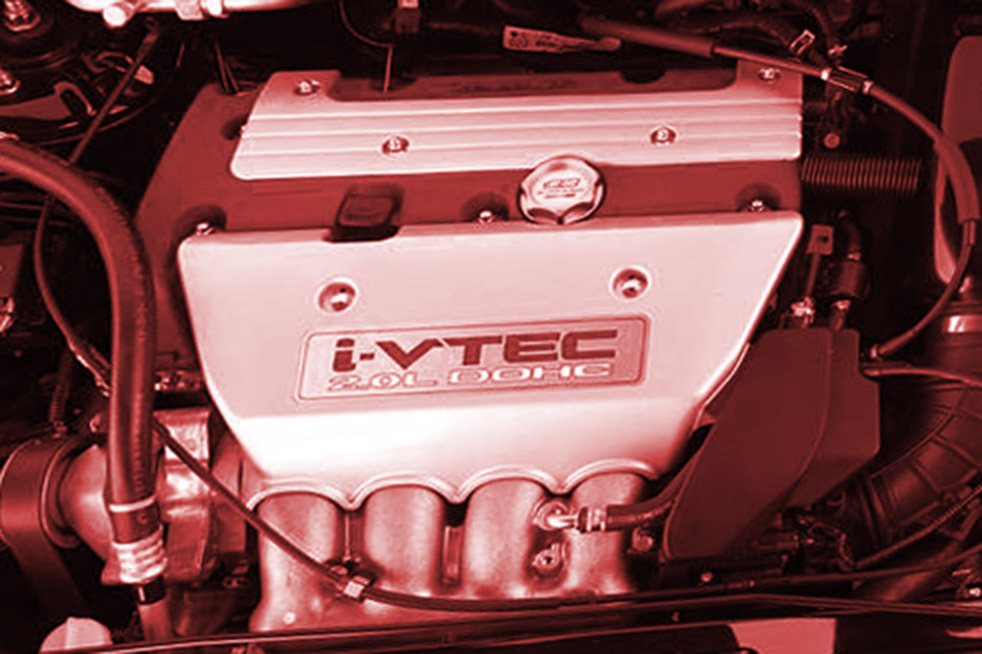I don’t know how many times I’ve seen someone try to fix their car by reading an OBD-II error code, hopping online, and throwing all sorts of new parts at the problem hoping to solve it.
Sadly, that is how some repair garages do their work!
Reading and immediately reacting by guessing at bad parts will only cost you money and grief in the end. I would strongly recommend starting first with a genuine, manufacturer service manual. It may be expensive, but it will quickly pay for itself. It not only has step-by-step procedures to help you diagnose problems, it also shows you proper repair procedures.
Using a popular OBD-II code, P0420, we learn that the ECU detects that catalyst efficiency is low. Or is it? The common online response is to either replace one or all of the oxygen sensors, or replace the catalytic converter.
What is the code really telling us, though? The ECU is expecting any specific sensor to return a value within an accepted range. If the value is outside that range, it triggers the error code. Now let’s dissect this. First of all, how does the ECU get its signals? Over a wiring harness. So the wires and all connectors need to be intact so the signal can get back to the ECU. Second, the sensor has to be good in order to get the correct values back to the ECU. Finally, the device being monitored needs to be functioning properly–the sensors and wiring might be perfectly fine, but the device itself has a problem.
Also, keep in mind that if you have multiple codes, the manufacturer service manual will give you a procedure to check the codes in a certain order, since values from an error upstream could cause two or more sensors to generate errors.
To apply this to our P0420 code, let’s check this the right way. First, examine the wiring harness to the downstream O2 sensor, also making certain that the connector for the sensor is dry and free of corrosion. If you’ve found road debris has nicked the wiring or rodents have chewed through it, that may be your problem. Next, let’s test the catalytic converter itself. With an infrared heat gun, you should notice that the temperature of the downstream end of the catalyst is hotter than the upstream (inlet) side. (Be sure to measure temperature on the converter directly, not the heat shield.) If they are nearly the same, then the catalyst has probably worn out and needs to be replaced. Finally, your service manual should give you a procedure on how to test to see if your O2 sensor is good or not.
Doing this by diagnosing first can save you buying the wrong expensive parts.
